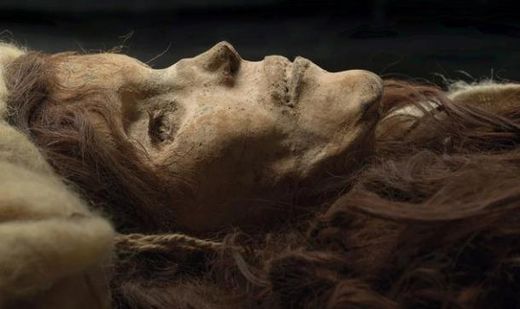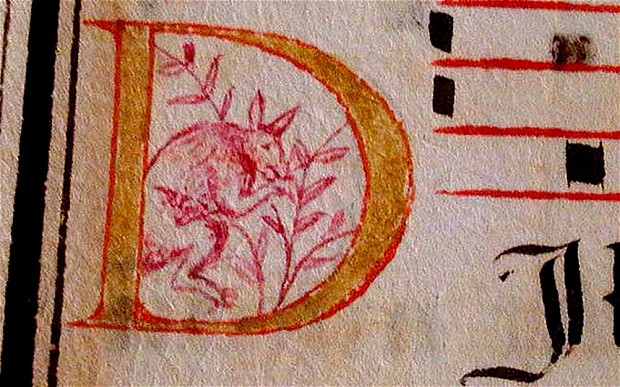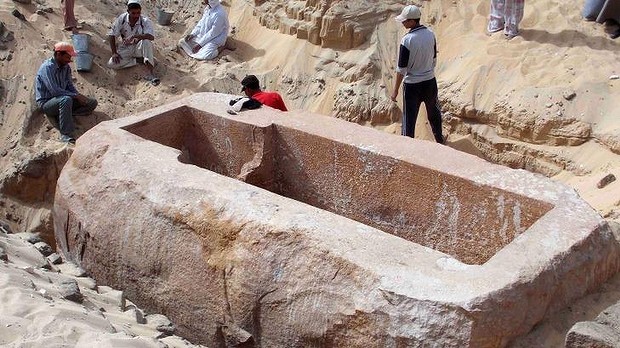OF THE
TIMES
"How could drops of water know themselves to be a river? Yet the river flows on."
- Antoine de Saint-Exupery
"And now here is my secret, a very simple secret; it is only with the heart that one can see rightly, what is essential is invisible to the eye."
- Antoine de Saint-Exupery
"Coincidence is the word we use when we can't see the levers and pulleys."
- Emma Bull
"Of course it's all connected; every facet of life is inextricably linked. It all began at the very beginning and continues today and into the future, all as part of the grand plan, all as part of the grand illusion that will be revealed only when the Creator sees fit."
- Eamonn Gabriel
"Coincidence is best regarded as a crack in time, a gap in time's narrative that requires filling in, elaboration. You see, when the entire story is laid before you the concept of coincidence simply vanishes and understanding takes its place."
- Eamonn Gabriel

"In France . . . was seen the terrible Comet called Negra. In December appeared over Avignon a Pillar of Fire. There were many great Earthquakes, Tempests, Thunders and Lightnings, and thousands of People were swallowed up; the Courses of Rivers were stopt; some Chasms of the Earth sent forth Blood. Terrible Showers of Hail, each stone weighing 1 Pound to 8; Abortions in all Countries; in Germany it rained Blood; in France Blood gushed out of the Graves of the Dead, and stained the Rivers crimson; Comets, Meteors, Fire-beams, corruscations in the Air, Mock-suns, the Heavens on Fire . . ."


Comment: See also:
America's history of chemical weapons 'experiments' against its own people: The Manchester Mill anthrax case
CIA's denial of protecting Nazis is blatant lie
The Hidden Tragedy of CIA's Psychopathic Experiments on Children Exposed
CIA: What really happened in the quiet French village of Pont-Saint-Esprit in 1951?
SOTT Talk Radio: Hank Albarelli Interview - CIA Mind Control, Frank Olson and JFK